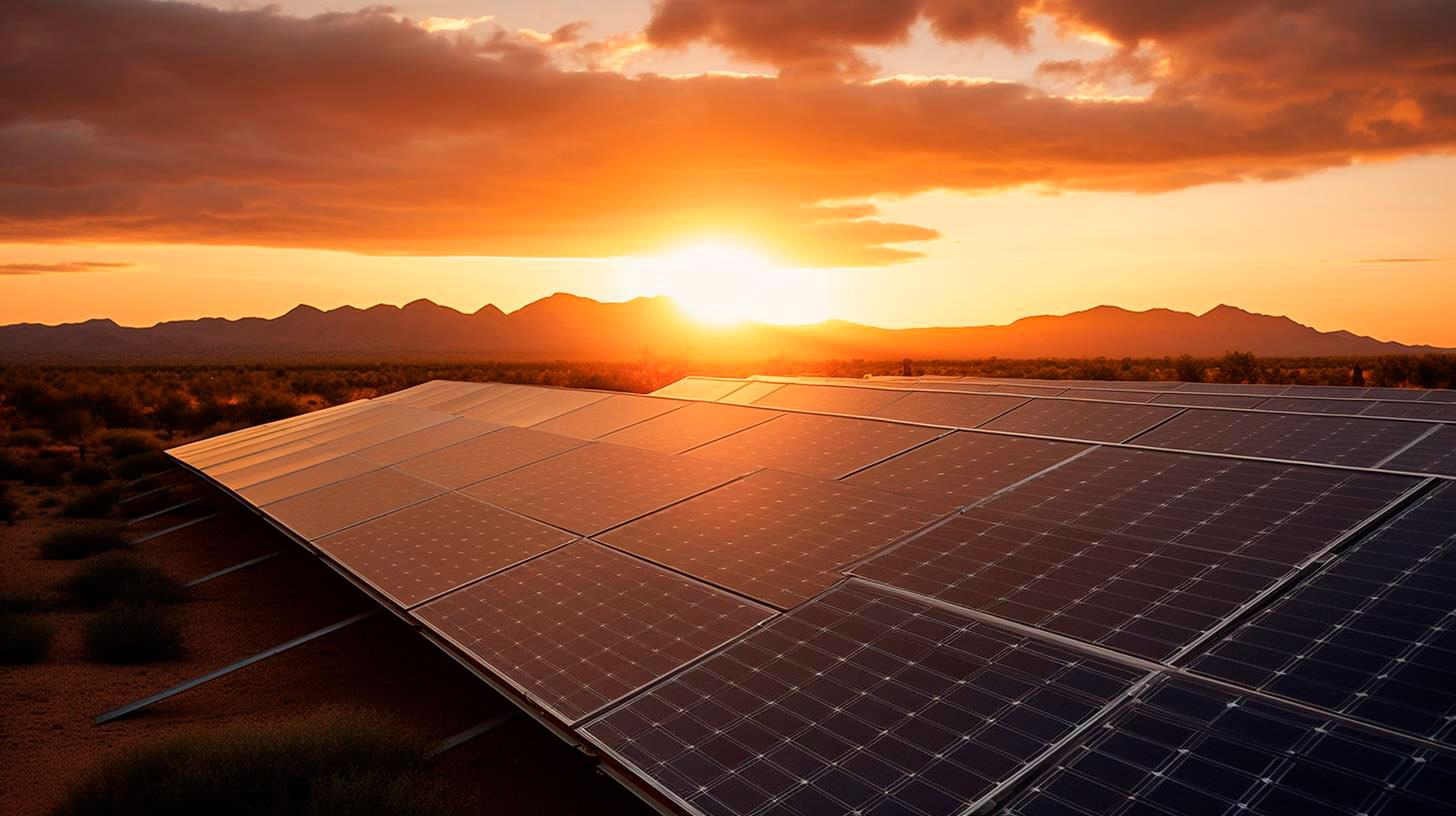Surfing the Energy Revolution: Pioneering Innovations in Wave Power
Wave power, also known as ocean energy or wave energy, refers to the harnessing of the kinetic energy in ocean waves and converting it into electricity. This innovative technology has the potential to provide large-scale power generation without depleting our natural resources or emitting harmful greenhouse gases. Let’s dive deeper into the world of wave power and explore the pioneering innovations that are making waves in this field.
The Potential of Wave Power
Wave power has the potential to revolutionize the renewable energy landscape in several ways:
- Clean and reliable: Wave power is a clean source of energy that does not produce any greenhouse gas emissions. Unlike solar or wind power, waves are consistent and reliable, making them a predictable and stable source of electricity.
- Abundance: The world’s oceans are continually in motion, with waves generated by winds blowing across the surface. This virtually inexhaustible resource ensures a constant supply of wave energy.
- Scalability: Wave power has the potential for large-scale energy production. The World Energy Council estimates that wave energy could contribute up to 10% of global electricity demand by 2050.
Innovations in Wave Power
The field of wave power is witnessing exciting innovations that are driving the industry forward:
Wave Energy Converters (WECs)
Wave Energy Converters (WECs) are devices designed to capture and convert the energy from ocean waves into usable electricity. There are various types of WECs, including:
- Point absorbers: These are floating devices that capture wave energy through a buoy-like structure.
- Oscillating Water Columns (OWCs): These devices use the movement of waves to compress and decompress air inside a chamber, driving a turbine to generate electricity.
- Overtopping devices: These structures rely on the wave’s momentum to push water uphill, which then flows back down through turbines to generate power.
Researchers are continuously refining and optimizing these technologies to maximize efficiency and economic viability.
Grid Integration and Energy Storage
Integrating wave power into existing electrical grids is a crucial aspect of its commercial viability. Advances in grid integration systems allow the seamless integration of wave power into the larger energy infrastructure, ensuring a stable and reliable power supply.
Energy storage technologies are also vital for wave power projects. They enable the storage of excess electricity generated during peak wave conditions, making it available during periods of lower wave activity. Battery systems, pumped hydro storage, and other innovative storage solutions are being explored to enhance the efficiency and reliability of wave power.
Key Takeaways
As we surf the energy revolution, wave power holds immense promise:
- Wave power is a clean, reliable, and abundant source of energy.
- Innovations like Wave Energy Converters (WECs) are making wave power more efficient and economically viable.
- Grid integration and energy storage technologies are crucial for the successful implementation of wave power projects.
The potential of wave power to contribute significantly to our global energy needs cannot be ignored. With ongoing advancements and government support, we are riding a wave of innovation that could shape the future of energy generation.
To learn more about wave power and its potential, you can visit the U.S. Department of Energy website.
